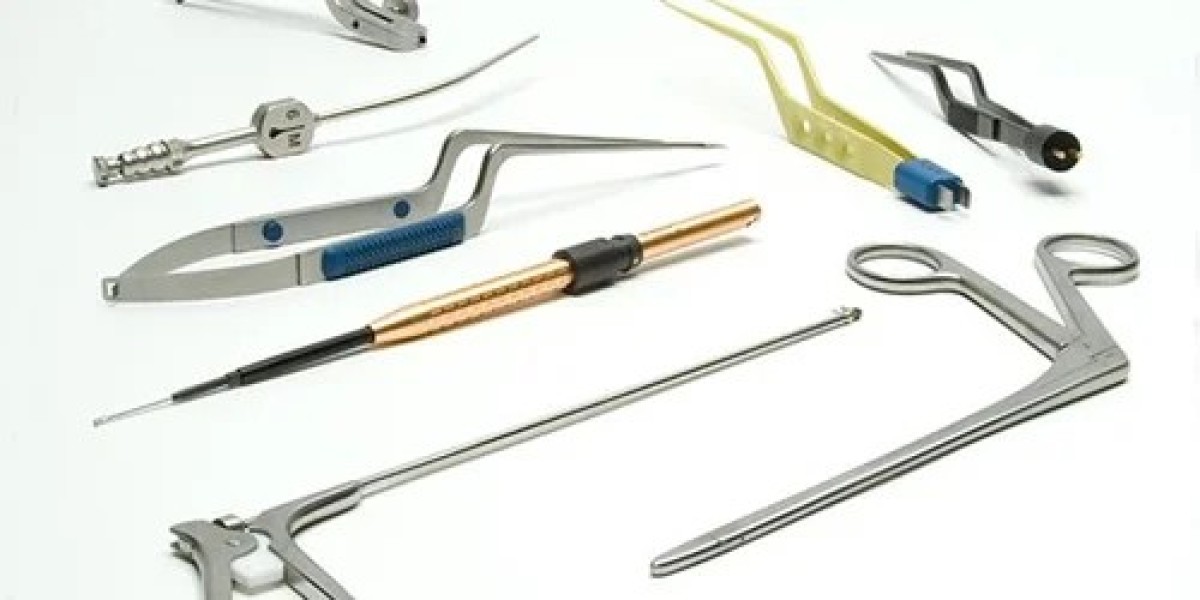Instrument sets play a crucial role in medical procedures, serving as the indispensable toolkit for doctors and surgeons. These sets, meticulously arranged, ensure that every necessary tool is at hand to perform surgeries, diagnostics, and other medical interventions. Understanding the components, usage, and importance of instrument sets is essential for healthcare professionals as well as those keen to learn more about their significance.

Understanding What an Instrument Set Is
An instrument set refers to a carefully organized collection of medical tools designed for specific procedures. These sets cater to various medical fields, including general surgery, orthopedics, gynecology, and more. Each set is tailored to meet the unique requirements of the procedure it supports. For instance, a general surgical set might include scalpels, forceps, clamps, and scissors, carefully sterilized and arranged to promote efficiency and precision during operations.
The standardized assembly of these instruments ensures that medical teams face no delays or confusion when performing critical tasks. The accuracy and organization provided by an instrument set can make a significant difference in the success of medical procedures, especially during emergencies.
The Types and Uses of Instrument Sets in Healthcare
Instrument sets vary widely depending on their intended medical application. General surgical instrument sets are one of the most commonly used, encompassing tools designed to cut, hold, or clamp tissues and sutures. On the other hand, specialty sets, such as those for cardiovascular or orthopedic surgeries, focus on precise tools tailored to their respective fields. For example, an orthopedic instrument set might include bone saws and chisels that are vital for realignment or repairs in bone surgeries.
Diagnostic instrument sets are pivotal in identifying medical conditions and often include tools such as stethoscopes, reflex hammers, and otoscopes. The versatility of instrument sets ensures comprehensive solutions for every medical scenario, aiding both routine and complex procedures.
The Importance of Sterilization in Instrument Sets
Sterilization is a critical aspect of managing instrument sets. Proper cleaning and sterilization eliminate the risk of infections and cross-contamination, ensuring the safety of both patients and medical teams. Hospitals and clinics follow stringent protocols to ensure that every instrument is cleaned, disinfected, and stored in sterile conditions.
Autoclaves, for example, are commonly used to sterilize surgical tools through high-pressure steam. Advanced sterilization techniques not only maintain hygiene but also help extend the lifespan of these costly instruments. The integrity of an instrument set relies heavily on effective sterilization practices, making it a non-negotiable step in their maintenance.
Technological Advancements in Instrument Sets
As medical technology continues to evolve, so do instrument sets. Modern advancements have introduced innovative tools like laparoscopic instruments, which allow for minimally invasive surgeries. These tools are designed to enhance precision and reduce recovery times for patients.
Many instrument sets now incorporate ergonomic designs to improve handling and reduce fatigue for medical professionals during long procedures. Additionally, the advent of smart surgical instruments, equipped with sensors and real-time feedback features, is pushing the boundaries of what can be achieved in operating rooms. These advancements ensure better outcomes for patients while also optimizing the workflow for healthcare teams.
The Role of Instrument Sets in Patient Care
Instrument sets are more than just collections of tools. They represent the foundation of an effective healthcare system. By enabling medical professionals to perform procedures with accuracy and speed, these sets directly impact patient outcomes. Furthermore, the reliability and functionality of well-maintained instrument sets build trust between patients and healthcare providers, demonstrating a commitment to safety and professionalism.
Preparing and organizing plastic surgery surgical instrument sets also fosters teamwork within medical settings. Each tool's precise arrangement encourages seamless communication and collaboration, essential for achieving successful results in fast-paced environments.
Conclusion
Instrument sets are indispensable assets in the medical world, supporting a wide range of procedures with precision, reliability, and efficiency. From general surgery to cutting-edge minimally invasive techniques, these sets empower healthcare professionals to deliver the highest standards of care. Proper assembly, sterilization, and technological integration ensure that instrument sets remain valuable tools in improving patient outcomes and advancing medical practices. For the healthcare industry, these carefully curated sets are not just tools; they are lifesaving companions.



